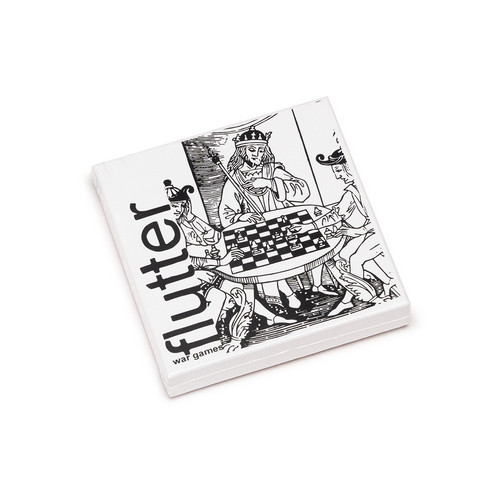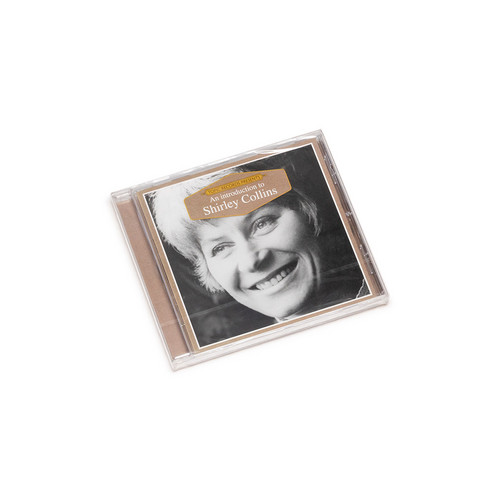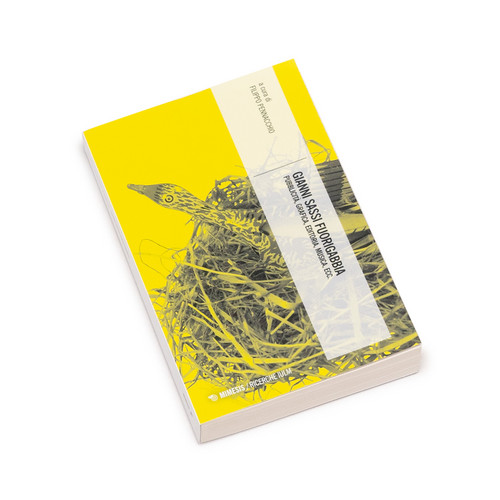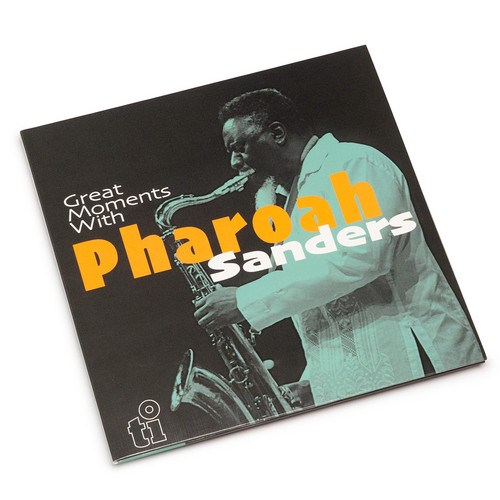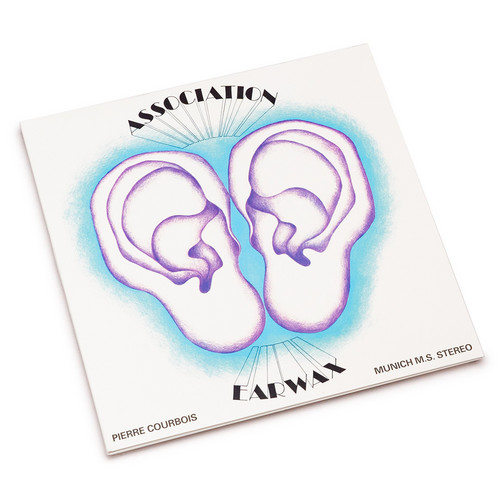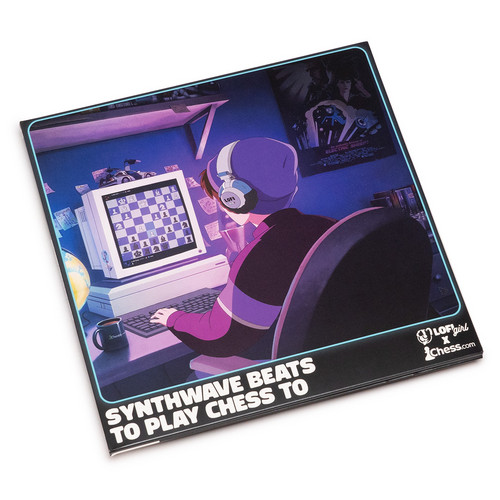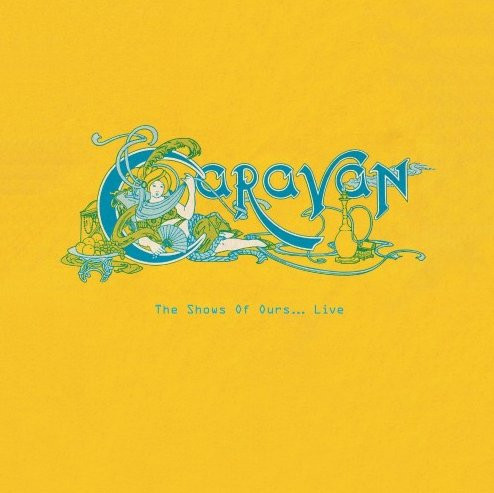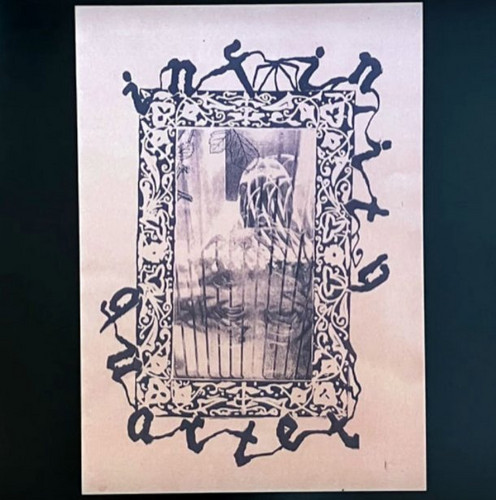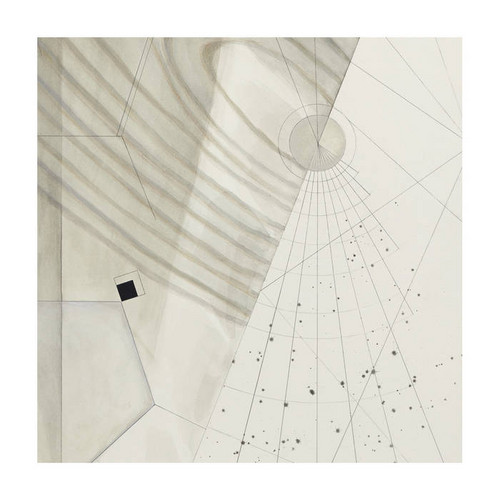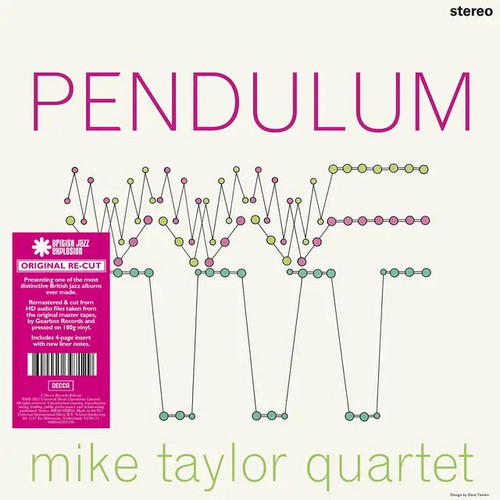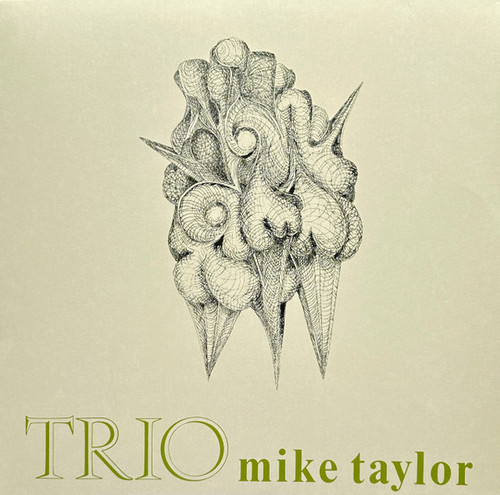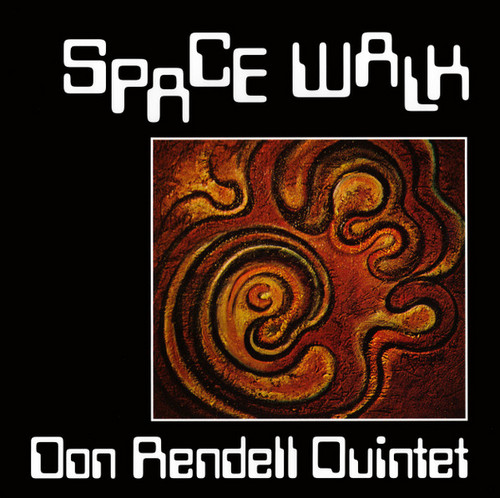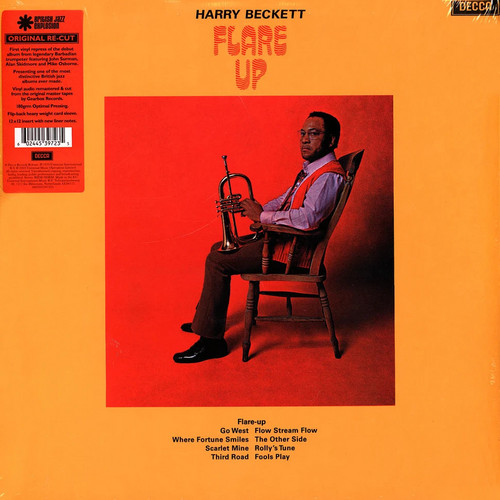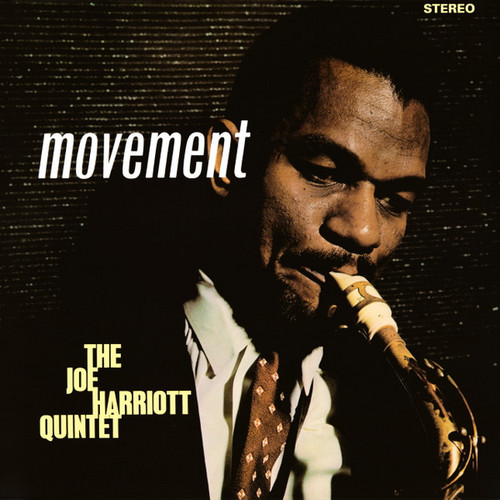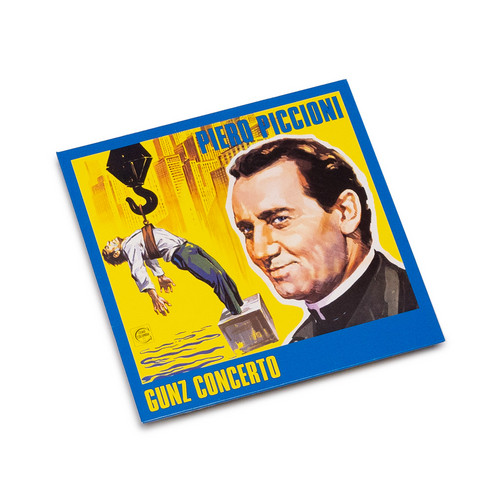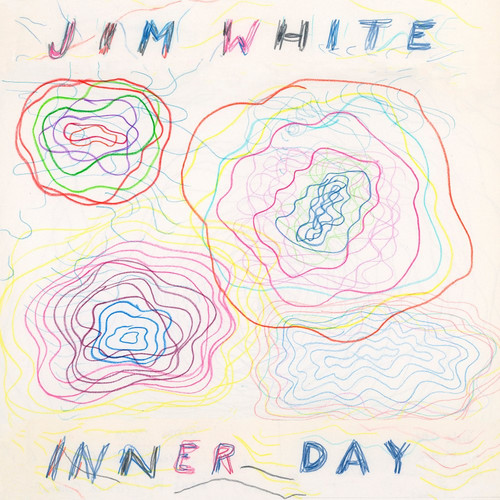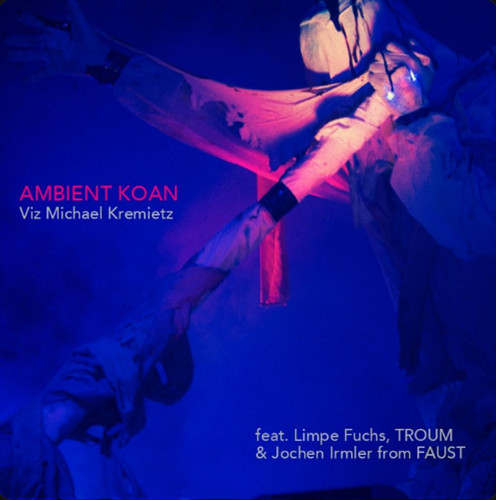New Arrivals
Playing The Beetles
Gryphon Rue returns to Soap Library with Playing the Beetles, a sonic adaptation of a performance of the same name with Ka Baird and Qasim Naqvi at Roulette Intermedium in November 2023.
Through a color-mapping system that matches non-toxic paint on the beetle shells to clothing worn by the performers, the highly experimental piece musically interprets the behavior of live beetles (the bugs, not the band.) Under the watchful eye of a live camera feed connected to software, beetles explore their…
Music to Watch Seeds Grow By 006: Lapalace (Lavander)
Manchester-based producer Lily Mumby, the creative force behind Lapalace, has chosen Lavender as her botanical muse for this sixth instalment. Like the aromatic herb that grows from tiny seeds to fragrant purple stalks, her compositions unfold with a similar patience and elegance. Her synthesisers breathe with a natural rhythm, creating textures that emerge and recede like morning dew on lavender buds waiting to bloom. The standout track ‘new age night’ – a stunning love child of William Basinsk…
Beautiful People
Wojtek Mazolewski Quintet is returning with a new, refreshed lineup with a new full-length album, Beautiful People, scheduled for release in October 2024. The album will be distributed worldwide in cooperation with K7!
The album was recorded in December '23 at Polish Radio's S4 studio after a series of a dozen WMQ concerts last fall. Buoyed by the wonderful reception in many cities and hungry for new sensations and sounds, the Quintet recorded this album while absolutely in full throttle.
Beauti…
War Games 95-99
Tip! ‘War Games 95-99’ is the definitive and extended collection of the ultimate teenage midwestern noise band notorious for live shows using a full desktop computer on stage. While there were predecessors to the stage, Flutter was the first mostly computer generated noise to emerge from the harsh noise subculture dominated by pedals in the 90's tape scene. Unapologetically domestic, Flutter blended seemingly wholesome midwest extracurricular activities with a soundtrack of suburban angst and pl…
An Introduction To Shirley Collins
Few singers of the English folk revival have attempted as much on record as Shirley Collins – an extraordinary combination of fragility and power. “I like music to be fairly straightforward, simply embellished – the performance without histrionics allowing you to think about the song rather than telling you what to think.”
Through an impressive series of experimental recordings Shirley established an extraordinarily sympathetic marriage of traditional songs handed down through generations of rur…
Gianni Sassi Fuorigabbia - Pubblicità, Grafica, Editoria, Musica, Ecc.
Italian Language Edition Pubblicitario, art director, editore, discografico, promotore di eventi: Gianni Sassi è stato tutte queste cose insieme, e anche molto altro. Dalla Cramps ad “Alfabeta”, da Pollution a MilanoPoesia, passando per riviste d’arte sui generis, concerti memorabili e campagne pubblicitarie spregiudicate, Sassi ha attraversato trent’anni di cultura italiana. Lo ha fatto collaborando con artisti e intellettuali fra i più importanti del secondo Novecento, reinventandosi sempre e …
Great Moments With Pharoah Sanders
The Great Moments With documents the music of Pharoah Sanders from 1983 to 1990, showcasing both the raw energy and tender nature of his music. It contains 12 of his recordings, including "Africa", "Naima", "You've Got To Have Freedom" and also the previously unreleased version of "Central Park West".
Earwax
Released in 1970, Earwax marked the debut album of Dutch Free Jazz ensemble Association P.C., recorded in Wageningen, The Netherlands, and produced by Dutch Jazz pioneer Wim Wigt. The album fuses Free Jazz with Jazz-rock, showcasing an adventurous sound led by drummer Pierre Courbois. The line-up includes guitarist Toto Blanke, bassists Siggi Busch and Peter Krijnen, and Jasper van ‘t Hof on electric piano. Members Courbois, Blanke and van ‘t Hof are considered as the early inspirators of the Ja…
Synthwave Beats To Play Chess To
We’re excited to present this special edition vinyl celebrating Lofi Girl’s collaboration with Chess.com! For the second year running, we’re proud to sponsor the Champions Chess Tour 2024—the largest online chess tournament in history with a $1.7 million prize fund and the world’s top players competing for glory.
This vinyl features our curated compilation, synthwave beats to play chess to, blending the focus and creativity of synthwave music with the strategy and brilliance of chess.
Thank you …
Caravan - The Shows Of Ours... Live
Legendary progressive rock pioneers Caravan are proud to announce the release of The Shows of Ours… Live, an extraordinary archival collection that captures the band in their most natural and exhilarating form: live on stage. Housed in a beautifully designed, collector-worthy box, the set includes a richly illustrated 60-page softback book. Brimming with rare photographs, memorabilia, and first-hand reflections, the book offers fans a vivid journey through the band’s history — a glimpse into the…
Infinity Quartet
*300 copies limited edition* The debut album from a new Gothenburg group featuring Erik Nystrand (Capers), Dan Johansson (Sewer Election), Per Palmqvist (Slow Exit) and David Valleryd (Schakalens Bror). A blistering free noise tornado recorded at Longest Night in Kortedala during October 2024. Electronics, guitars, drums. Blown-out and at times almost psychedelic grittiness in the spirit of Hijokaidan, Borbetomagus, Ascension and the likes, though channeled through the neverending well of unmana…
On "Dissolving Strawberry" (2020)
“On ‘Dissolving Strawberry’ (2020)” is a collection of interpretive sound compositions thematically centered around the titular painting by Swedish artist Christine Ödlund.
“Dissolving Strawberry” (2020) portrays an ongoing decomposition process through several parallel perspectives, or planes – molecular and cosmic, as well as symbolic – by means of color pigments produced from the strawberry plant itself. Transfer of knowledge and exchange of meaning between plant and animal world is a consta…
Pendulum
The jazz world is set to celebrate one of its most intriguing and visionary figures with the reissue of Pendulum, the groundbreaking album by the Mike Taylor Quartet. Originally released in 1966 on Columbia Records, Pendulum captures the restless creativity and uncompromising spirit of pianist and composer Mike Taylor, whose brief but influential career left an enduring mark on modern jazz in Britain.
Featuring an exceptional lineup with Mike Taylor (piano), Dave Tomlin (soprano saxophone), To…
Trio
The long-overlooked brilliance of pianist and composer Mike Taylor comes back into the spotlight with the reissue of Trio, the seminal 1967 recording from the Mike Taylor Trio. Originally released on Columbia, this album represents one of the most adventurous statements in British jazz of the 1960s—a work of striking originality that still resonates powerfully today.
Featuring Mike Taylor on piano, Jackie Dougan on drums, and Dave Tomlin on bass, Trio captured an incendiary moment of creativit…
Space Walk
Heralded as one of the defining moments in British modern jazz, the Don Rendell Quintet’s 1972 recording Space Walk returns to the spotlight, reaffirming its place as a stunning document of both bold creativity and refined craftsmanship. Saxophonist Don Rendell, already celebrated for his collaborations with Ian Carr in the groundbreaking Rendell/Carr Quintet, took a daring step forward with this album. *Space Walk* captures a group at a creative peak, fusing modal explorations, post-bop energy,…
Flare Up
London, 1970 saw the release of one of the most distinctive and enduring albums in the history of British jazz: Flare Up, the debut LP from visionary trumpeter and flugelhorn player Harry Beckett. Now widely recognized as a classic, the record remains a defining statement from an artist whose lyrical phrasing, inventiveness, and subtle command of mood set him apart on the vibrant UK scene.
Born in Barbados and arriving in London in the 1950s, Harry Beckett quickly became a central figure in th…
Movement
Originally released during one of the most fertile periods of post-war British jazz, Movement by the Joe Harriott Quintet stands as a bold statement of artistic independence and innovation. Showcasing Harriott’s unique vision, the album bridges the lyricism of modern jazz with an avant-garde sensibility that still resonates today.
Harriott, an alto saxophonist of Jamaican origin who established himself as a pioneer of the British scene, leads a stellar ensemble through a set of forward-looking…
Gunz Concerto
Exclusive First-Time Vinyl Release: Rare Italian Film Score Vibes by Piero Piccioni
Inner Day
For his second solo album, master drummer Jim White travels further into expressionist landscapes of private meditation; his vehicle, an evocative duet of keyboards and drums alongside his debut as a vocalist. Translating his formidable percussive intuitions through this dialogue has given Jim a fresh compositional voice. Inner Day is like a state of nature, evoking peace and tension, rest and disquiet, all aloft on the wind of new discovery.
In March 2024, Jim White released his first-ever solo…
Ambient Koan
Zen Flutist teams with Faust, Troum, and Limpe Fuchs for "Ambient Koan". Viz Michael Kremietz's 16th Album Blends Ancient Buddhist Practice with German Experimental Legends.



